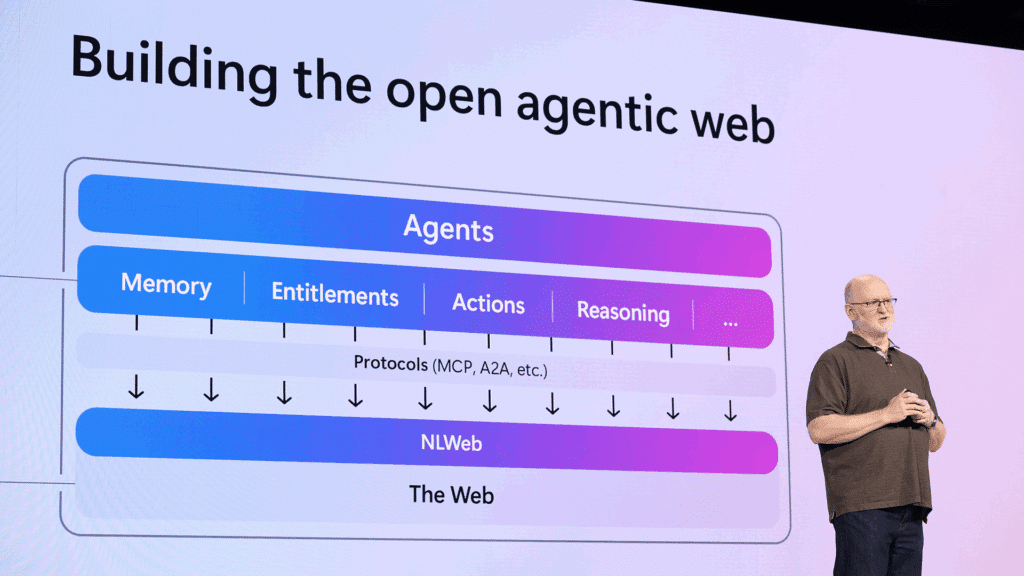Record levels of investment in healthcare technology reflect the market dynamics at play in areas of digital transformation, especially in mobile software and services areas, such as digital health. In 2021, CB Insights reported that global digital health funding in 2021 grew 79% year-on-year (YoY) to $57.2 billion. Rock Health reported that 2021’s total funding among US-based digital health startups amounted to $29.1 billion, almost double the previous year’s $14.9 billion. According to Rock Health, key investment priorities in digital health in 2021 aligned with companies focusing on platform consolidation, hybrid offerings, and interoperability and data aggregation. Embedded within each of these areas is the potential for improvements in patient experience (PX) capabilities and outcomes.
Noteworthy among US digital health deal flows in 2021 was b.well Connected Health, which raised $32 million in a Series B financing round. b.well provides platform services that focus on enabling consumers to become the navigators of their own care journey. By bringing together disparate patient data across stakeholder organizations in healthcare, such as health plans, health systems, and employers, as well as data from patients’ own digital health devices and apps, b.well offers patients one-stop, mobile access to their health information. b.well’s goal is to provide a simpler, more convenient PX with managing health similar to what they are familiar with in other sectors, such as banking, travel, and shopping, enabling healthcare customers to deliver a personalized healthcare journey for patients, members, and employees.
This investment activity is not only a reflection of the digital technology landscape that is fast redefining healthcare in terms of how services will be organized and delivered, but also a reshuffle of the key stakeholders driving innovation. Tied to market opportunities behind these investments is the fact that access to the healthcare market is ultimately controlled by those stakeholders with the greatest influence on adoption for public and private payers. For incumbents and new entrants to prevail in the market’s new order, the former must adapt to new market realities, while the latter must demonstrate that their innovations create greater value than what is currently realized if they are to gain traction and capture market share:
- Incumbents in the healthcare field have demonstrated a tremendous appetite to both invest in and deploy technology as a strategy to reinvent themselves through innovative service models for competitive advantage. Aetna Virtual Primary Care, for example, which reimagines the primary care experience and makes it easier for beneficiaries to access the health services they need when and where they want, marries Teladoc Health’s virtual care platform with Aetna’s provider network for in-person visits and CVS Health services. Targeted outcomes are for members to have choice, flexibility, and convenience.
- With two-thirds of surveyed consumers reporting an interest in a virtual care plan, United Healthcare collaborated with Optum Health to launch NavigateNOW as part of an overhaul of traditional health benefits and care delivery. NavigateNOW is a virtual care service that uses technology and data to make it convenient for United Healthcare members who are supported by a customized Optum virtual care team to access various types of medical care, virtually and in-person, to support their physical and mental well-being. NavigateNOW also allows members to earn up to $1,000 per year by meeting certain daily activity health goals when enrolled in a wearable device well-being program.
- Healthworx, the innovation and investment arm of CareFirst (a member of Blue Cross and Blue Shield Association), has invested in several platform companies on the assumption that to improve healthcare, patients deserve a better virtual CX in healthcare. The investment portfolio includes Zipari, which provides a retail-like end-to-end CX for health insurance, and CloseKnit, a virtual primary care practice designed around whole-person care to be fully accessible, transparent, integrated, and seamless.
Author Information
Andrew Broderick is a Senior Analyst contributing to Dash Research’s CX Advisory Service as well as Dash Network’s ongoing editorial coverage of Healthcare CX and Patient Experience. Based in San Francisco, Broderick has more than 20 years’ experience in technology research, analysis, and consulting, including an extensive background in digital health technologies and business practices.






